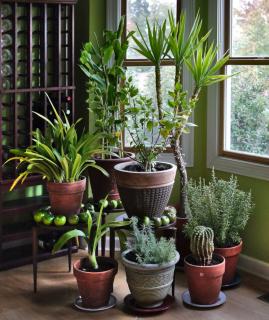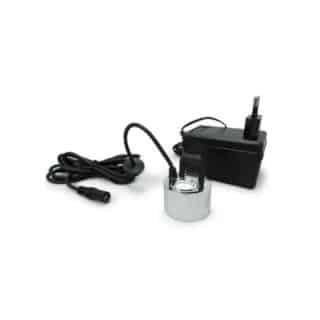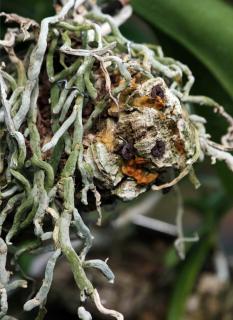

Many houseplants come from tropical areas where air moisture levels are very high. In apartments and homes, increase air moisture to make it more humid with a few simple tricks!
Tropical plants have an advantage over temperate-climate plants because they’re used to growing in temperatures that are high all year-round. This makes them a good match for homes, offices and apartments which are heated in winter for our comfort.
However, indoor air in winter in temperate climates usually is very dry. For tropical plants, providing moisture in the air is a sure way to ensure their survival!
A plant set in a corridor, an entrance, or a place where drafts often occur will dry out faster. This is because the air around them is constantly renewed.
If possible, try to set your plants in a corner. You can also set a tall shelf nearby to act as a windbreaker.
Some rooms in the house are more moist than others. For instance, many plants will grow well in a bathroom or kitchen if natural light is available there.
Best, however, is to group your plants together, as described below.

Some plants release a lot of moisture in the air. Be sure to include at least one of them in the “oasis of moisture” you’re planning!
Note anything special about these moisture-sharing plants? They’re prone to developing brown tips. Brown tips is a sign that leaves release moisture into the air faster than roots can replenish it! That’s how good they are at sharing moisture to the air around them, especially in dry air…
Lastly, feel free to set up your cutting station right in the middle of your plant oasis. Perfect for starting cuttings and sharing moisture, too!
A cheap but very effective solution is to set a tray of wet clay balls near or under your plant pots.
Rest all your pots atop such a tray and you’ll see them thrive in no time!
Use rainwater for houseplants or, if not, demineralized water like the one used for ironing clothes.
If it’s possible for you to tend to your plants often in passing, a great solution is to mist the plants. Use a simple handspray for that.
Best is to mist two to three times a day – at mealtimes, for instance. But even just a few mistings a week will already be a big help.
This solution, combined with the clay pebbles, is perfect for most houseplants.

The trick is to ensure the level stays the same relatively to the active part of the device. Too deep, and it won’t mist. Too shallow and it’ll dry out and stop misting, too.
Recycle – often, essential oil dispensers and nebulizers do exactly the same thing. Check around the neighborhood to see if anybody might have an old one they’re not using anymore. Repurpose it into a small-scale air moisturizer!
When you’ve got more than just a few plants to care for, it may make sense to invest in an air moisturizer. These machines aim to raise moisture levels of an entire room and even house.
There are a few precautions, though.
A great option is to set your plants in a greenhouse or lean-in that is designed to deal with high moisture levels.
Most of our indoor plants actually come from tropical areas. This is because tropical plants don’t need to experience a cold season every year.
Tropical plants are perfectly content with constant, warm temperatures all year round, exactly like the inside of a home or apartment.
Many tropical plants have evolved to cope with extreme climate settings. Tropical climates often alternate brutal monsoon-like rains and desert-like dry seasons.

In other places, like in tropical jungles, orchids and ferns grow on trees in a symbiotic relationship. These only encounter water when it rushes down the trunk and branches since the tall tips of trees catch most of the rainfall.
Still other plants have learned to gather water directly from the air through their leaves, like Tillandsa which has almost no roots at all, and other Bromelia flowers.
Normal air moisture in heated homes over winter is around 40 to 50% relative humidity.
Many electronic home thermometers also have a “relative humidity” function.
Radiators, heaters and air ventilation systems tend to filter water vapor out, which reduces air moisture. In old days, ceramic vessels filled with water were attached to the radiators to counter this problem and release moisture.
Ensuring moisture around your plants means you won’t have to follow your watering schedule as strictly. Less stress and easier plant care!